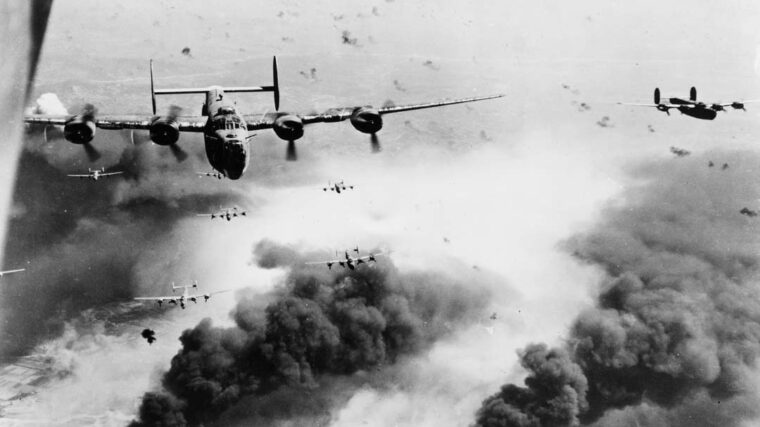
WWII
Princess Ecaterina Caradja: Angel of Ploesti
By Duane SchultzLieutenant Richard Britt, navigator aboard a Consolidated B-24 Liberator bomber named Chattanooga Choo Choo, woke up to find himself trapped in the wreckage. Read more
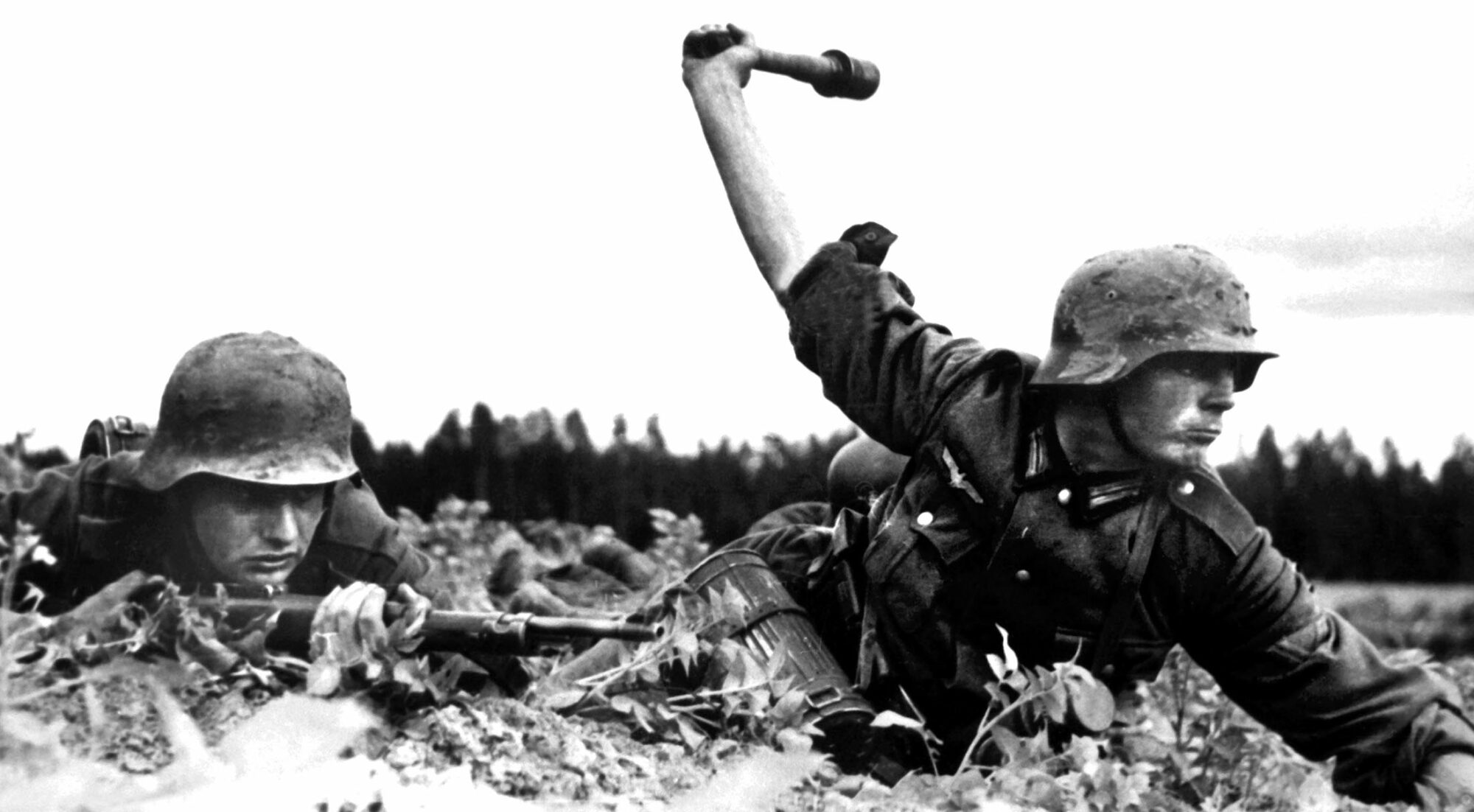

WWII
Lieutenant Richard Britt, navigator aboard a Consolidated B-24 Liberator bomber named Chattanooga Choo Choo, woke up to find himself trapped in the wreckage. Read more
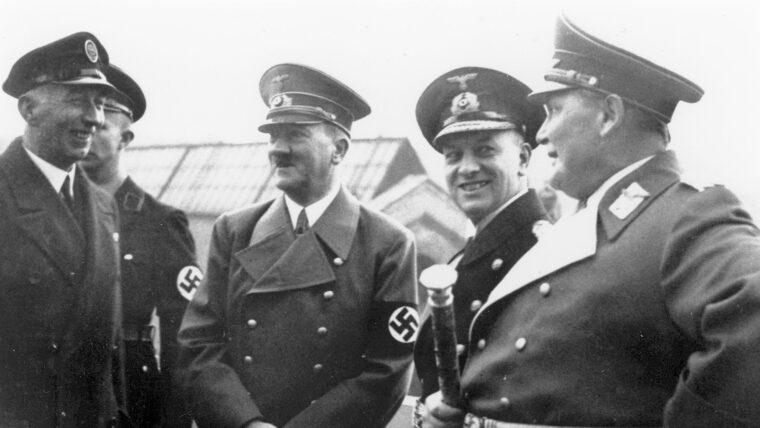
WWII
On June 6, 1944, as the massive Allied naval armada made its way from ports in England across the English Channel to launch the projected D-day invasion at Normandy, a German fleet sortie swept down from its home ports on the North Sea and from occupied Norway. Read more
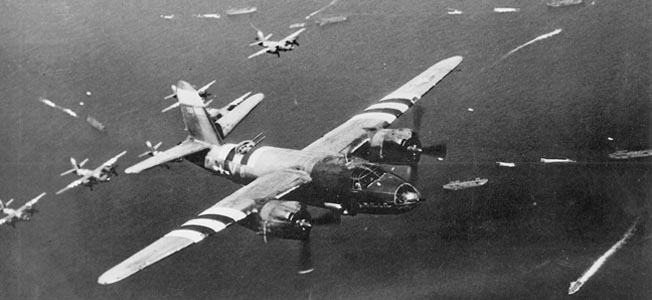
WWII
On June 6, 1944 the Allies opened the Second Front against Nazi Germany. Concentrated against the beaches of Normandy, Operation Overlord landed 20 army divisions plus support troops on five beaches in anticipation of a breakout across France and toward Berlin. Read more
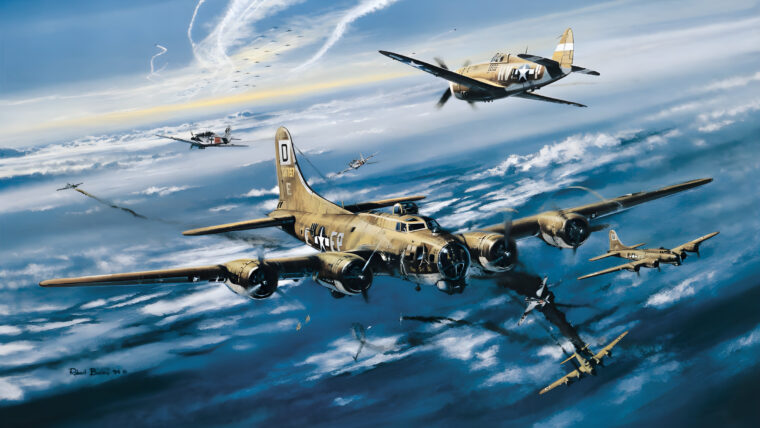
WWII
The popular conception of the struggle in the air over northern Europe during World War II is of squadrons of sleek fighters racing over the German heartland to protect contrailed streams of lumbering bombers stretching beyond sight. Read more
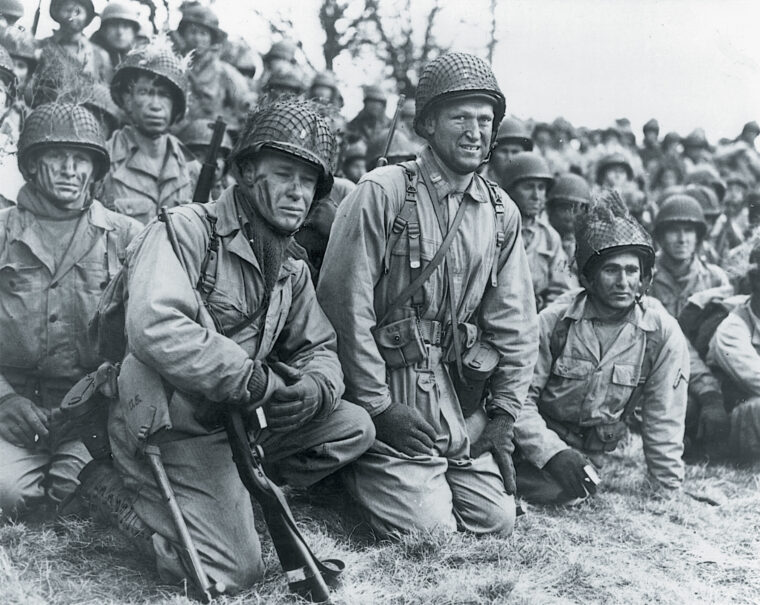
WWII
During the early part of 1944, an event took place that would change the outcome of World War II. It seemed insignificant at the time, but would have a profound influence upon Operation Overlord, code name for the invasion of German-occupied France, as well as the resulting Battle of Normandy and the breakout that followed.; Read more
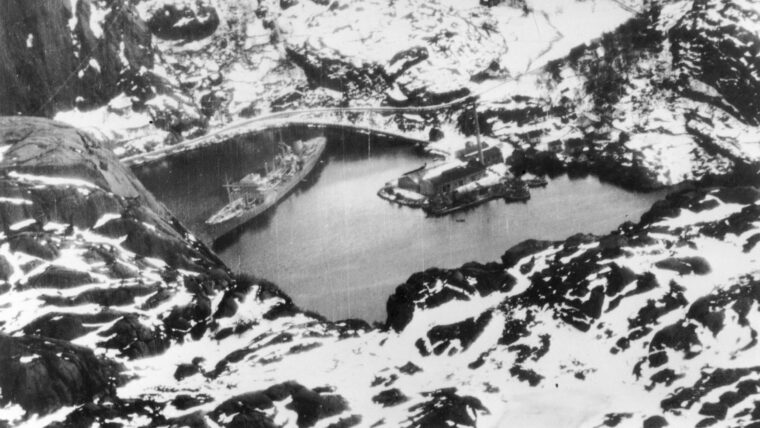
WWII
On the morning of February 16, 1940, two Royal Air Force Lockheed Hudson aircraft lifted off from Thornaby Airfield in northern England. Read more

WWII
The U.S. 36th Infantry Division, known as the “Texas” Division, was inducted into federal service on November 25, 1940, at Camp Bowie, Tex., Read more
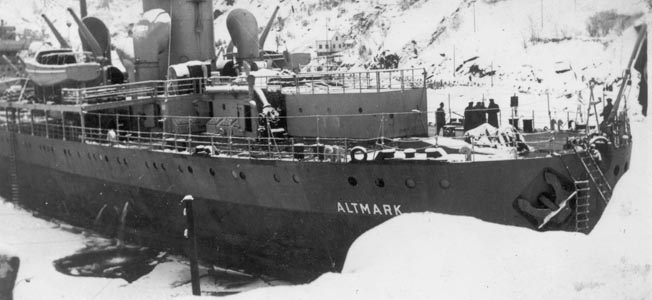
WWII
In the early months of World War II, Altmark, Graf Spee, and HMS Cossack all had important roles in a sea drama of epic proportions. Read more
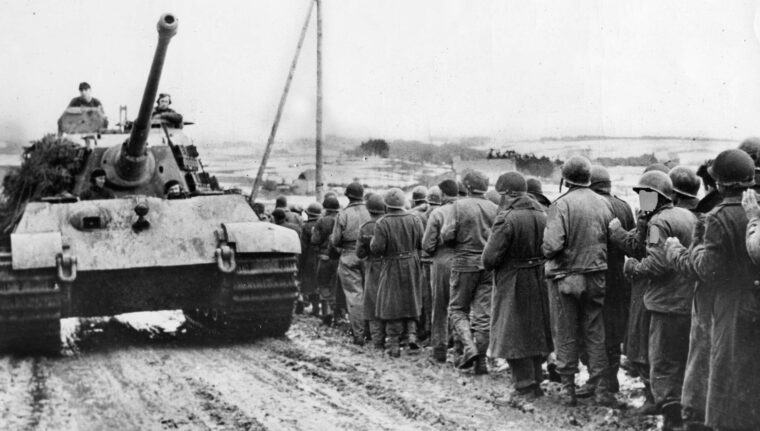
WWII
During World War II, one American intelligence unit was so secret it was known only by its post office box number, 1142. Read more
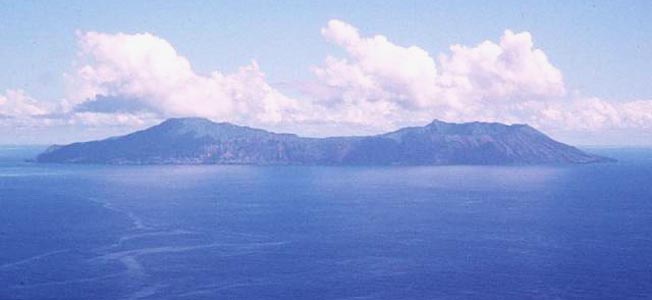
WWII
On September 2, 1945, representatives from the Allied and Japanese governments signed the peace treaty that ended World War II. Read more
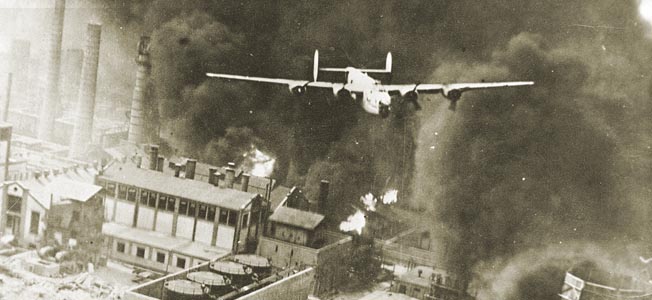
WWII
World War II was the first fully mechanized war in history, and oil, both crude and synthetic, was a major factor in military planning. Read more
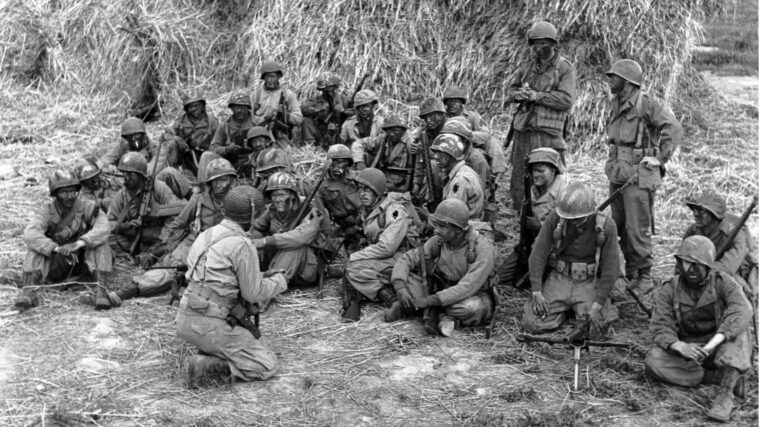
WWII
The fight at Monte La Difensa on December 3, 1943, was swift but brutal as members of the First Special Service Force, a combined unit of U.S. Read more
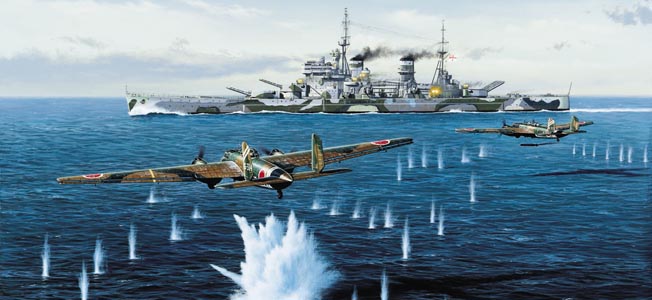
WWII
During the 1920s and 1930s Great Britain built up its Far East defenses steadily if slowly, centering around Singapore as its primary naval base in the Pacific area. Read more
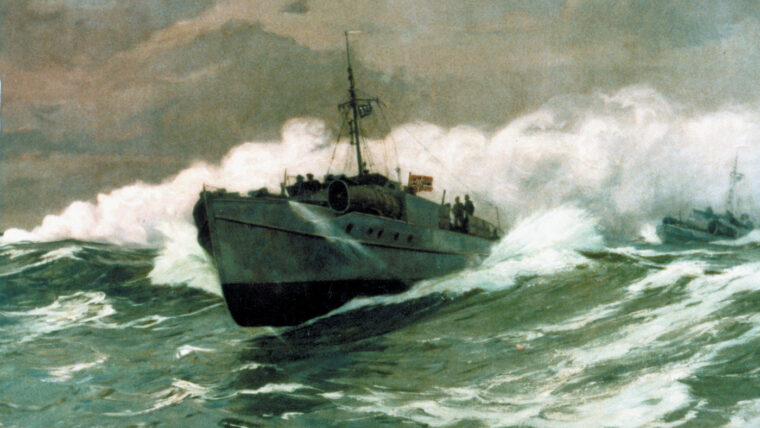
WWII
It was spring 1944, and the morning sun was glinting off the face of the water as the Landing Ship, Tank (LST) transports chugged their way through the choppy surf and headed in close toward shore, their destination a gravel-strewn stretch of beach on the English Channel code named “U” for Utah. Read more
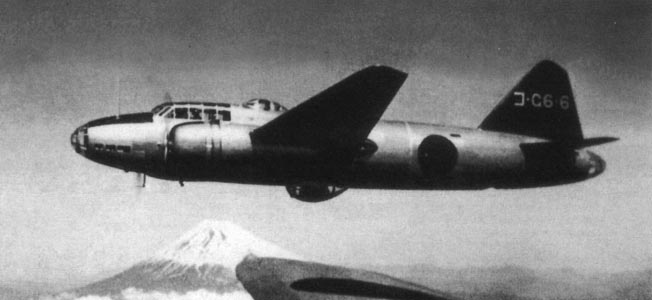
WWII
The two types of aircraft responsible for sinking the Prince Of Wales and Repulse represented the best of Japanese aviation in 1941. Read more
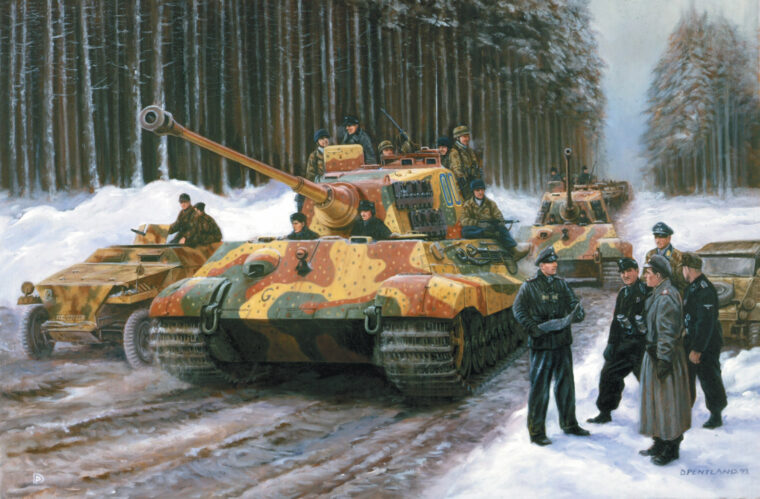
WWII
By December 24, 1944, the commander of the Sixth Panzer Army’s strongest battlegroup, SS Obersturmbannführer (Lieutenant Colonel) Jochen Peiper, was facing the ultimate military nightmare. Read more
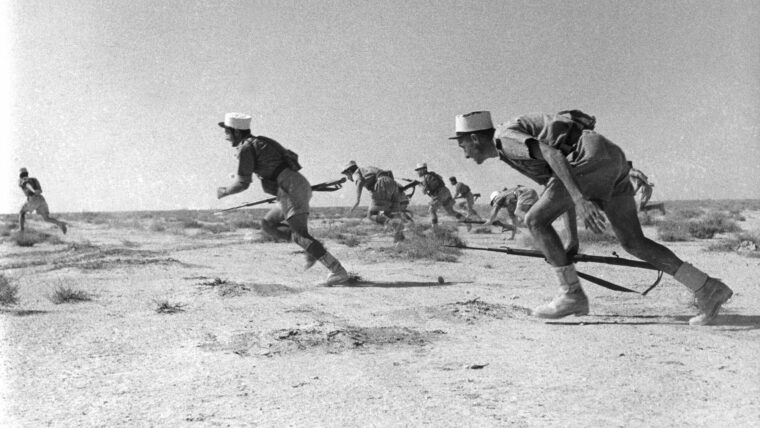
WWII
When Brig. Gen. Joseph-Pierre Koenig, commander of the 1st Free French Brigade, surveyed the area he had just been ordered to defend, he must have been mightily discouraged. Read more
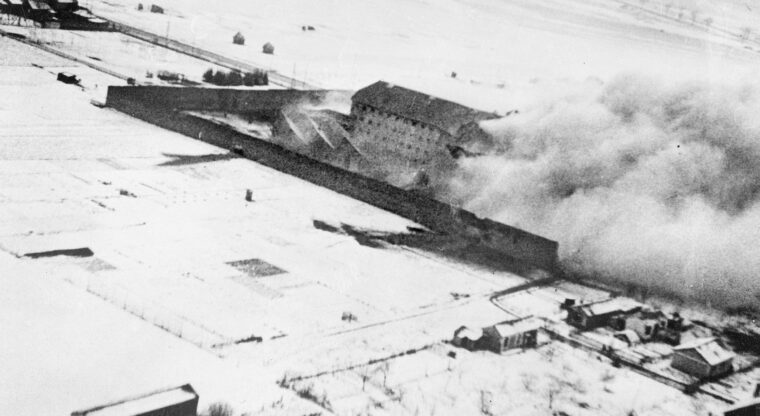
WWII
On the bitterly cold, windswept morning of February 18, 1944, the crews of 19 De Havilland Mosquito Mk.VI Read more
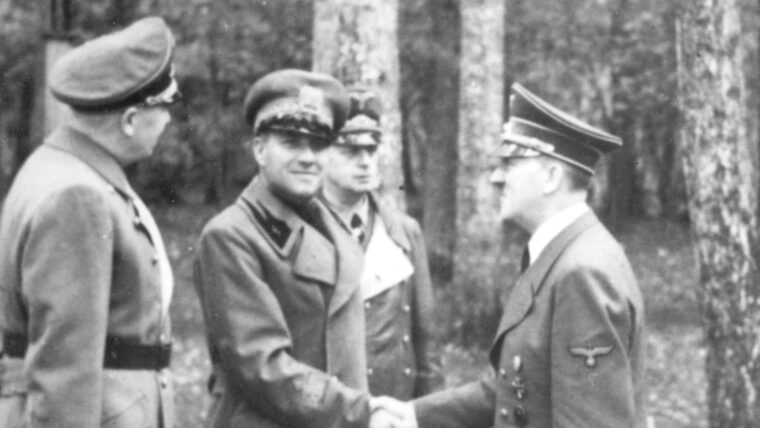
WWII
On July 19, 1940, fresh from his victorious campaigns on the Western Front, German Führer and Reich Chancellor Adolf Hitler delivered his “peace speech” to the Reichstag in Berlin’s Kroll Opera House. Read more
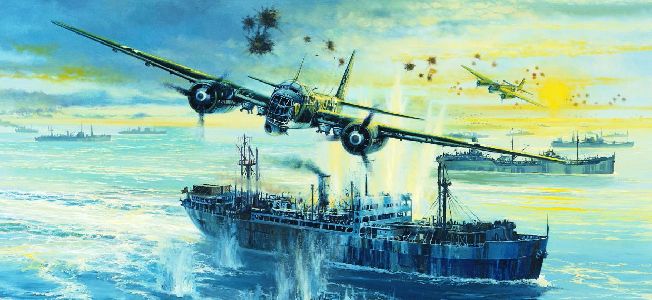
WWII
First Sea Lord Admiral Sir Dudley Pound stopped tapping his pencil on the oaken desk and slowly leaned backward in the oversized leather chair. Read more